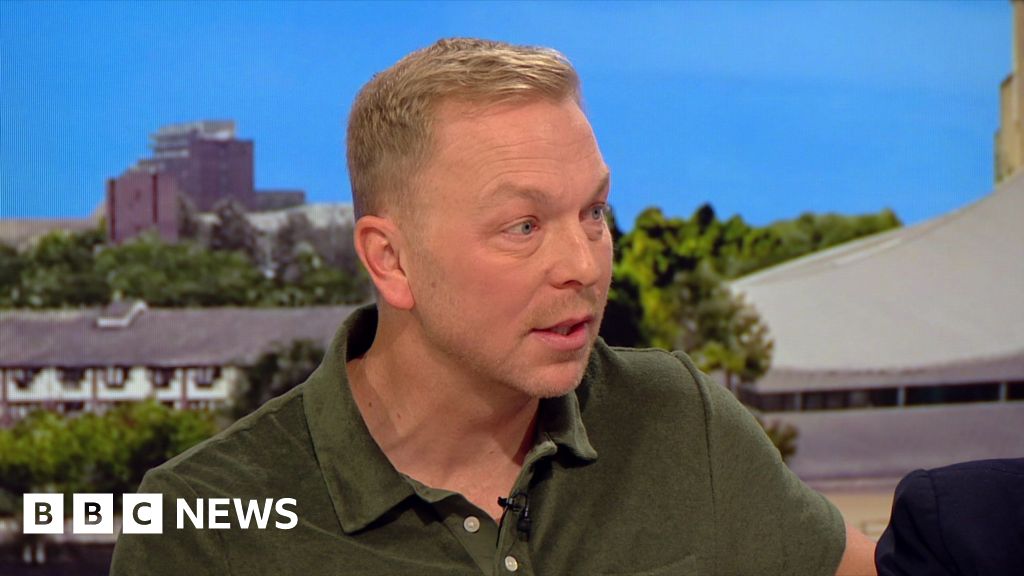Blue-enriched light can improve sleep quality and daily activity in older adults living at home, according to new research from the University of Surrey. Researchers found that this type of light therapy led to greater daytime activity, earlier bedtimes, regular sleep patterns and improved sleep quality, offering a promising, non-pharmacological approach to address age-related sleep challenges.
As people age, their sleep patterns often change, leading to difficulties falling asleep, waking up earlier, more frequent nighttime awakenings, and overall poorer sleep quality. These changes are linked to age-related changes in the eyes and reduced exposure to daylight, often due to decreased mobility and social interactions, alongside increased exposure to artificial light at night, particularly if they live in care homes.
The study, published in GeroScience, investigated the effects of different light conditions on 36 adults aged 60 and over. Participants self-administered both a control white light and a blue-enriched white light for two hours in the morning and two hours in the evening, over an 11-week period. Researchers carefully monitored sleep patterns and activity levels using wearable technology and sleep diaries.
The study found that the timing of light is crucial. They found that blue-enriched light is only beneficial in the morning, while exposure in the evening makes it more difficult to fall asleep and causes more restless nights.
Dr Daan Van Der Veen, Senior Lecturer in Sleep and Chronobiology at the University of Surrey said:
“Our research shows that carefully timed light intervention can be a powerful tool for improving sleep and day-to-day activity in healthy older adults. By focusing on morning blue light and maximising daytime light exposure, we can help older adults achieve more restful sleep and maintain a healthier, more active lifestyle.”
Débora Constantino, Postgraduate Research Student at the University of Surrey said:
“We believe that this is one of the first studies that have looked into the effects of self-administered light therapy on healthy older adults living independently, to help aid their sleep and daily activity. It highlights the potential for accessible and affordable light-based therapies to address age-related sleep issues without the need for medication.”


